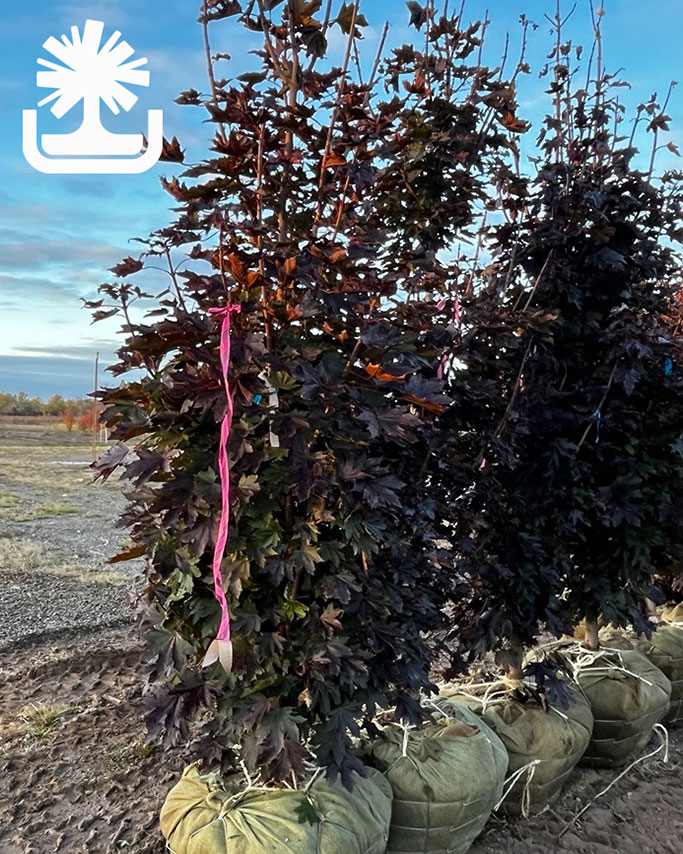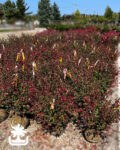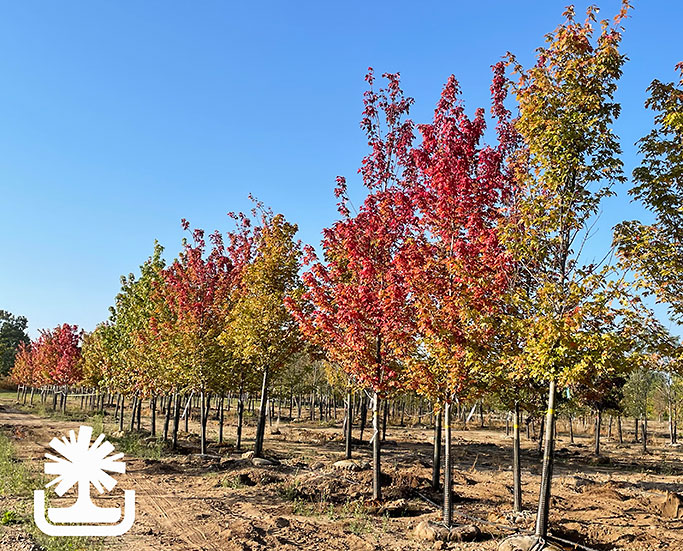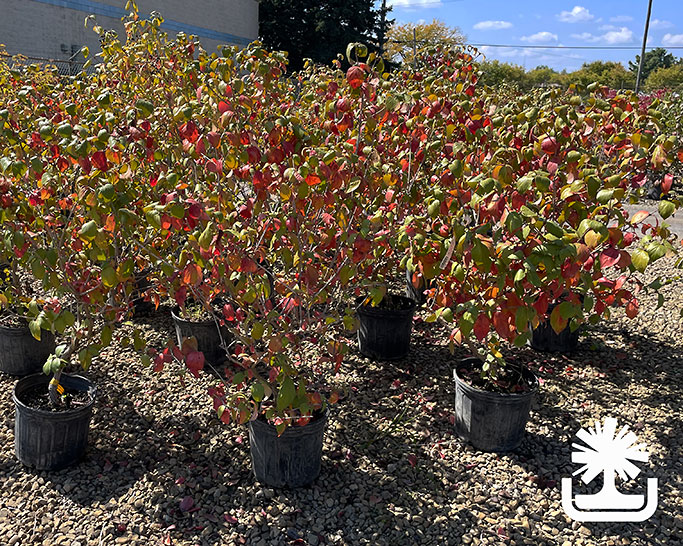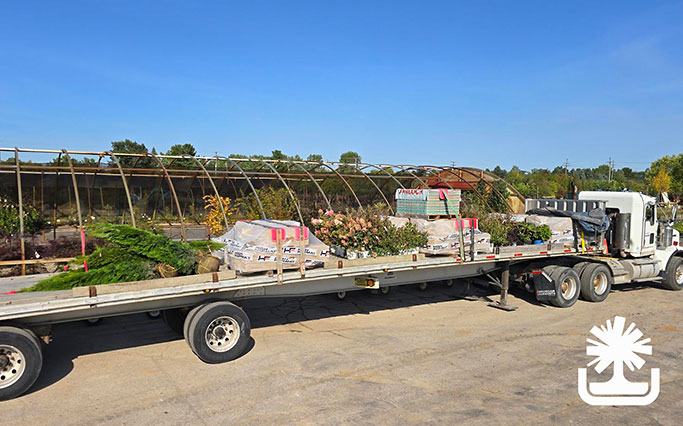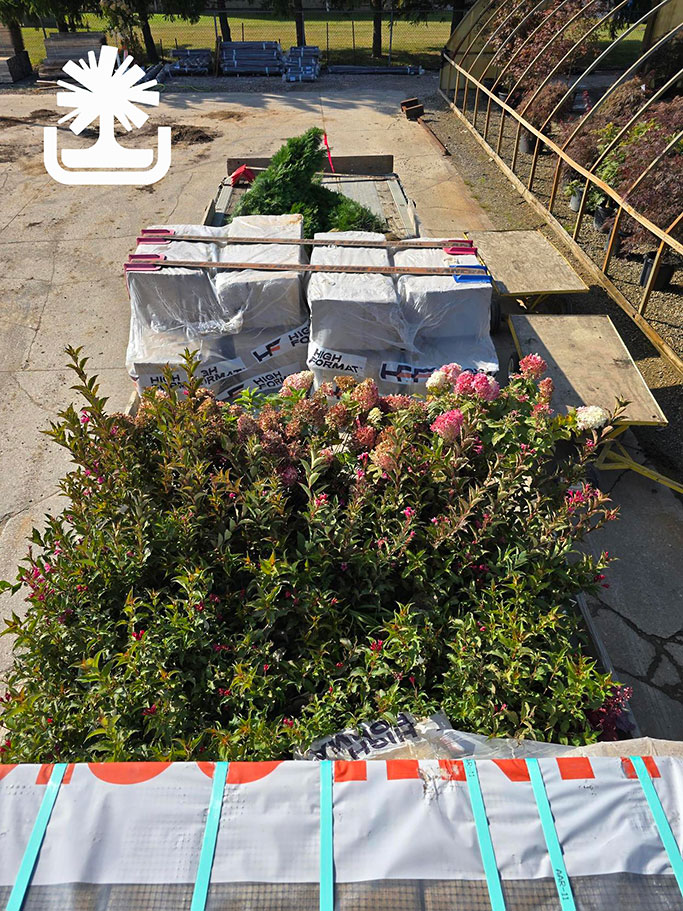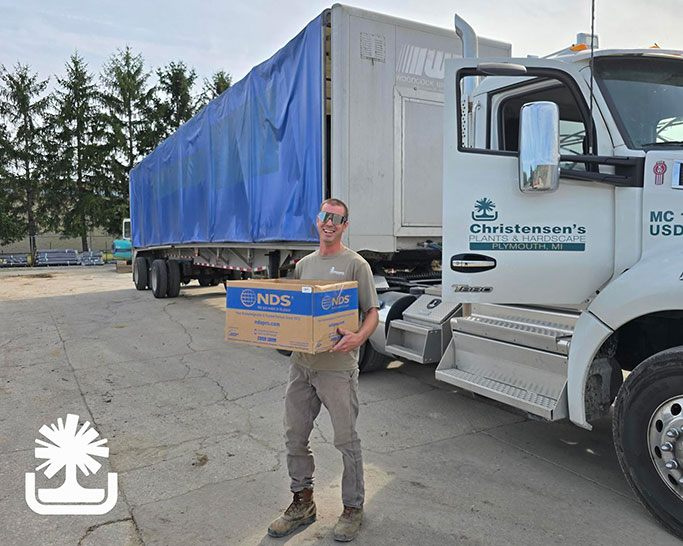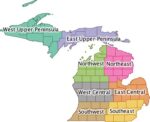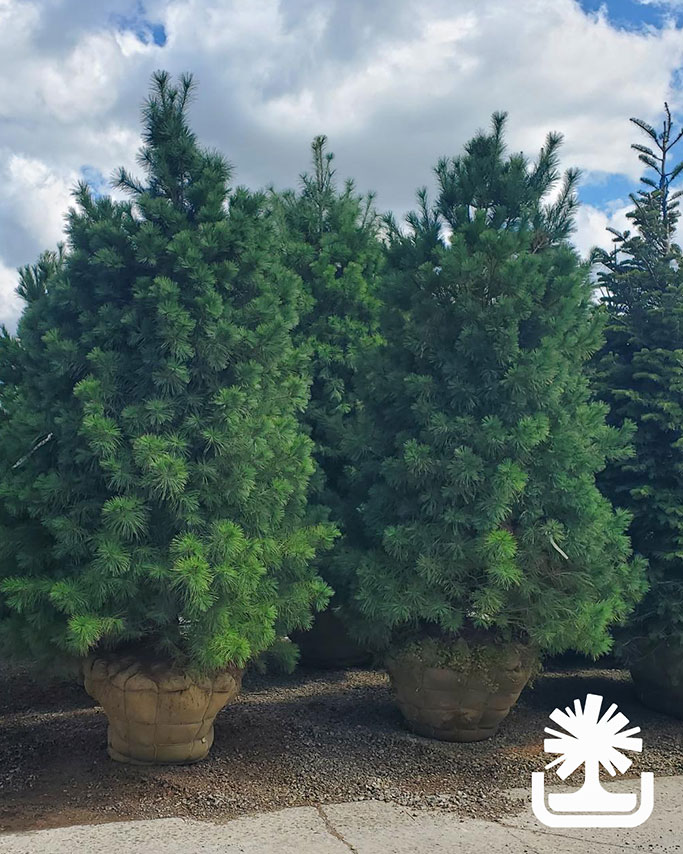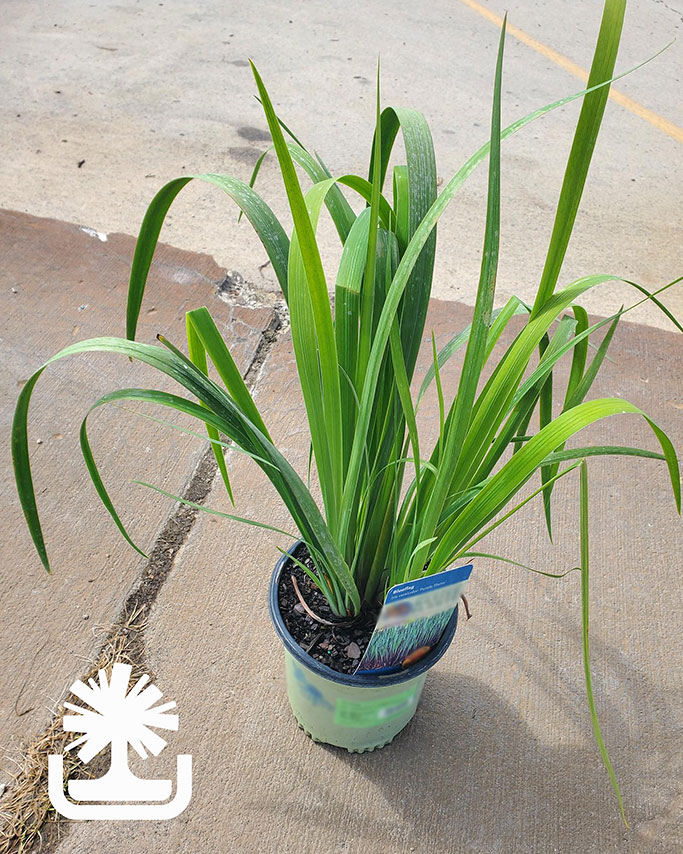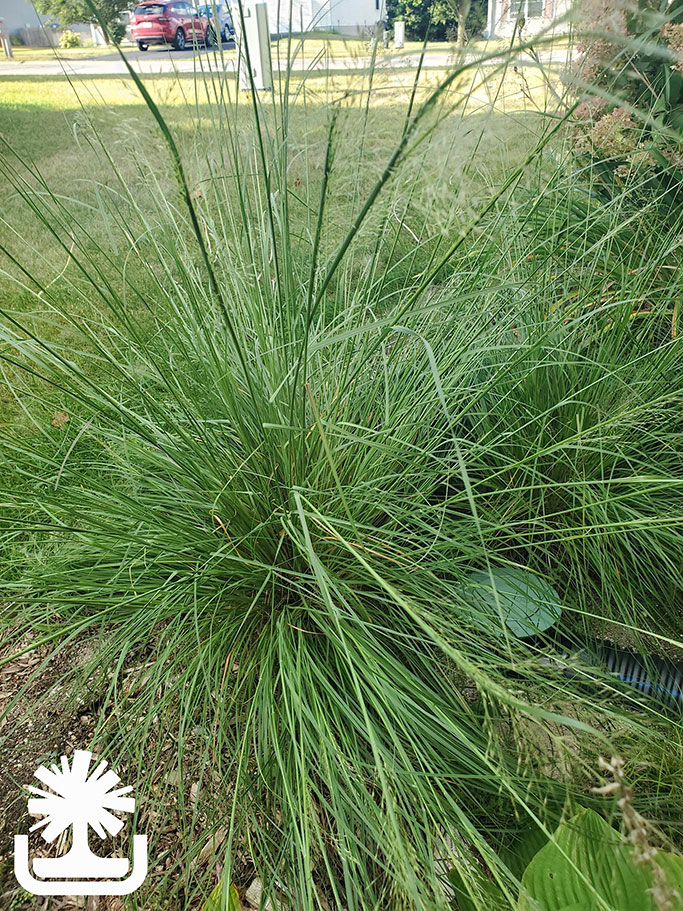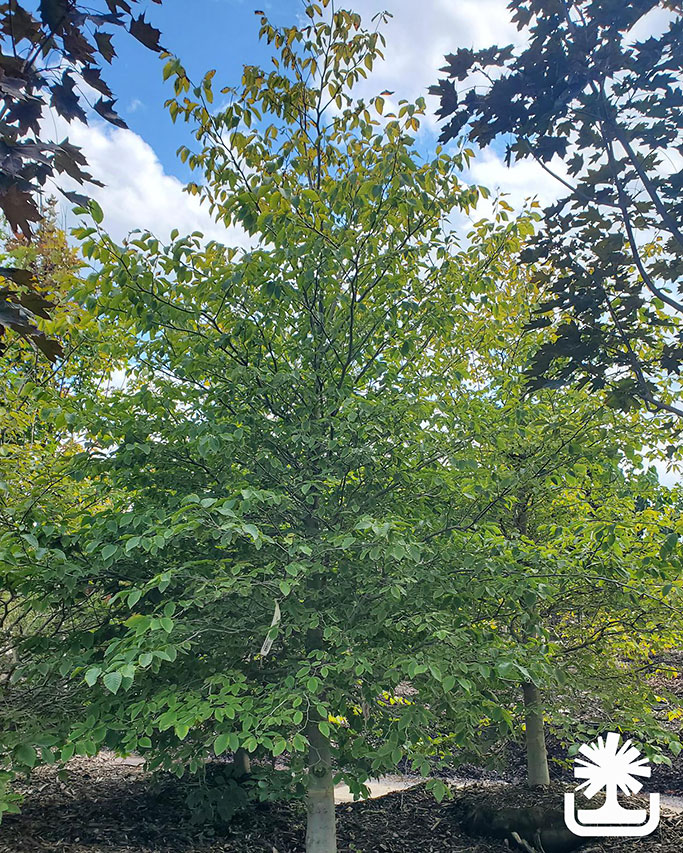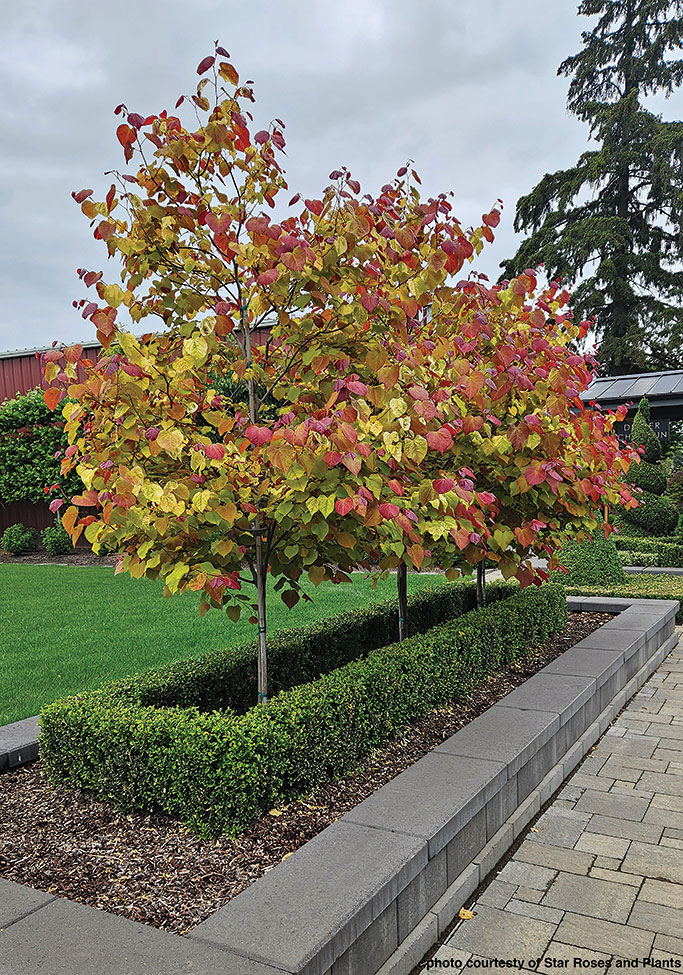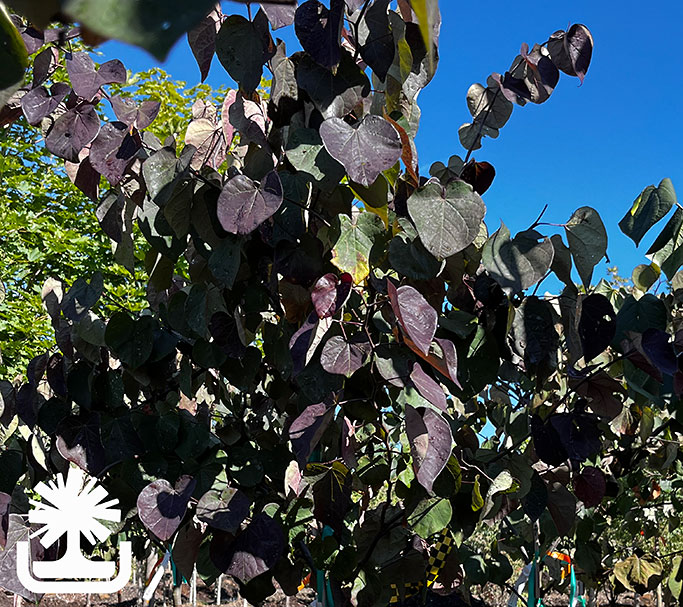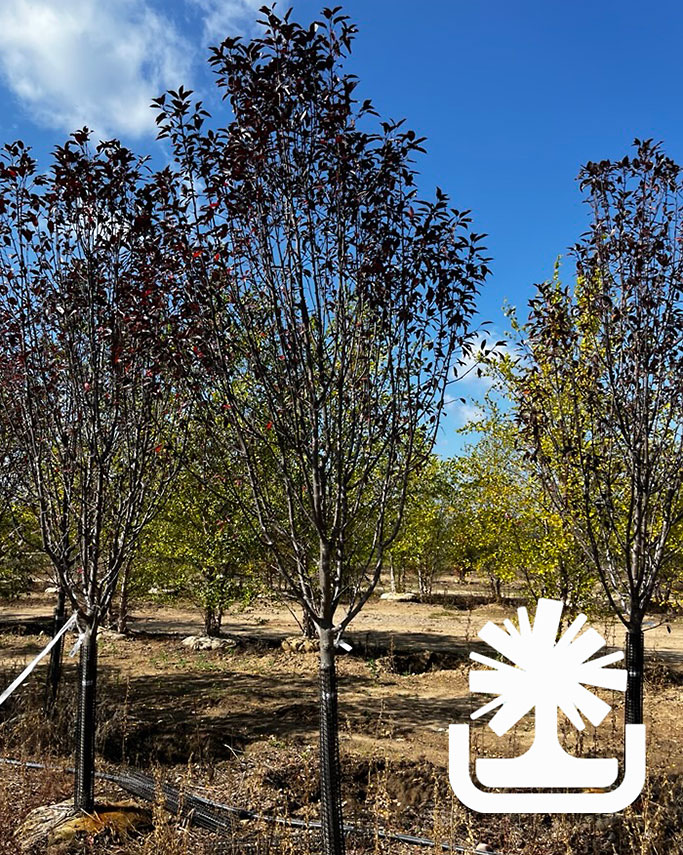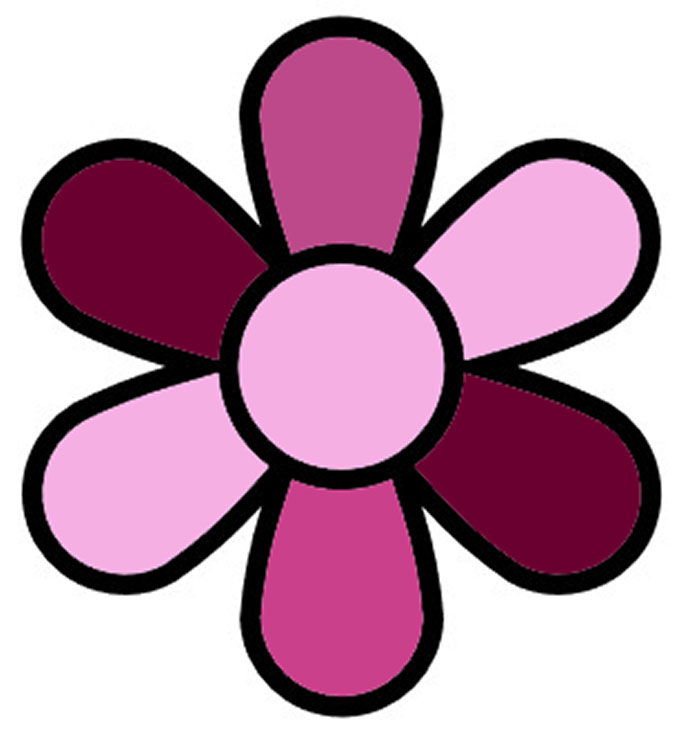In the world of landscape design, familiar favorites like maple, oak, and elm often dominate shade tree selections. However, one elegant native species remains consistently underused despite offering exceptional aesthetics, seasonal interest, and versatility: the yellowwood (Cladrastis kentukea). For landscape professionals seeking to diversify their plant palettes, while adding beauty and function, the yellowwood deserves a second look.

Yellowwood is a medium-sized deciduous tree, native to the southeastern United States, yet hardy in zones 4 to 8. It typically reaches 30 to 50 feet in height with a rounded crown that provides graceful, dappled shade. The name “yellowwood” comes from the tree’s inner heartwood, which is a rich yellow color, visible when the wood is cut.
Despite its many benefits, yellowwood remains curiously underutilized in both residential and commercial landscapes. This may be due to its relatively slow growth when young, or alack of awareness among nurseries and clients. Yet for landscapers willing to look beyond the usual suspects, yellowwood offers unique traits that can elevate any planting design.
Perhaps the most show-stopping feature of yellowwood is its late spring to early summer bloom. Every few years (typically every 2–3), mature trees produce breathtaking panicles of fragrant, wisteria-like white flowers that cascade up to 12–15 inches in length. The floral display rivals that of many ornamental trees, making yellowwood a seasonal focal point when in bloom.
While not guaranteed to flower heavily every year, the rarity and abundance of its blossoms when they do appear add a delightful element of surprise—perfect for clients who appreciate plants with character and a story.

Yellowwood offers multiple design and ecological benefits that make it an ideal candidate for a variety of landscape settings:
- Shade Tree Excellence: With a broad, rounded canopy and dense foliage, yellowwood provides excellent shade without the excessive size or messiness of some larger species. It’s ideal for patios, sidewalks, or lawn settings.
- Low Maintenance: Once established, yellowwood is relatively pest-resistant, drought-tolerant, and requires minimal pruning. It maintains a tidy form and has attractive smooth, gray bark that adds winter interest.
- Urban Friendly: Its non-aggressive root system and moderate size make it a good choice for urban or suburban environments, including street tree applications and compact yards.
- Pollinator Friendly: Its flowers are attractive to bees and other pollinators, supporting local biodiversity.
Yellowwood performs best in full sun with well-drained soil and benefits from some protection from strong winds due to its softer wood. It has a naturally vase-like to rounded form and can develop a strong central leader if pruned properly when young.
Because flowering can be infrequent, it’s wise to combine yellowwood with consistent bloomers or use it where its graceful form and fine-textured foliage can be appreciated regardless of bloom status.

The yellowwood tree remains one of the most underutilized gems in American landscapes. For landscapers looking to deliver both beauty and function with a native species, Cladrastis kentukea offers a unique blend of elegance, seasonal drama, and practical utility. Whether used as a focal point or integrated into a broader shade canopy, yellowwood can bring both character and cooling relief to your next landscape design.
